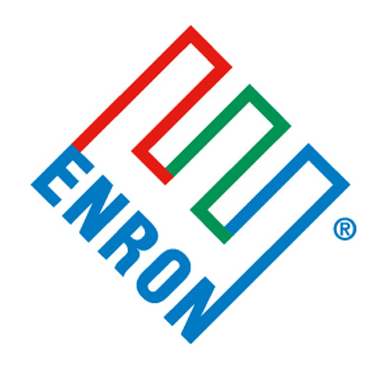When most people look at a company’s income statement, they focus on the bottom line: profit. But what if I told you that the way a company chooses to account for its research and development (R&D) expenses can dramatically alter that bottom line—without changing a single thing about actual performance?
That’s right. The choice between expensing or amortizing R&D isn’t just an accounting technicality—it’s a strategic business decision that can shape how investors, lenders, and even employees perceive a company’s financial health.
Let’s break it down.
The Nature of R&D
R&D refers to the time, labor, and materials spent on developing a new product or offering. This could range from building the next breakthrough app to designing an innovative food product or developing a custom piece of machinery. It’s especially common in startups and tech companies, but any business that builds something new will incur R&D costs.
Now here’s where the decision point comes in: how do you account for those costs?
Expensing R&D: Quick Hit to the Income Statement
In many companies—especially early-stage startups—R&D is treated as an expense. That means the cost is fully deducted in the year it’s incurred. From a tax perspective, this can be a good thing. Expenses reduce taxable income, which means a smaller tax bill in the short term.
Imagine a startup spends $500,000 developing its first product. In year one, that entire amount shows up as an expense—even if the product only hits the market at the end of the year. The result? Likely a loss on the books.
Then, in year two, if the product is successful, the revenue pours in, but there’s no big R&D cost weighing down the books. The company looks profitable, even though those profits are a direct result of year-one investments.
This tactic can be particularly helpful if the founders are planning to raise money or sell the business. With high profits in year two (unburdened by the development costs), the company looks more valuable on paper.
And this isn’t just hypothetical.
The Enron Example: Where It All Went Wrong
Enron famously decoupled its R&D costs from product outcomes. It expensed the development costs early, then reported revenue from projects without tying them to their associated costs. This allowed Enron to make their profits appear much bigger than they really were. Ultimately, this type of accounting sleight-of-hand helped contribute to the company’s downfall and a major shake-up in how financial transparency is regulated today.
But not all uses of this strategy are deceptive. In fact, there’s a legitimate alternative.
Amortizing R&D: Smoothing Out the Picture
Instead of taking a one-time hit, a company can choose to amortize (or spread out) the cost of R&D over the expected useful life of the product.
Let’s go back to our startup example. If the $500,000 R&D investment is amortized over five years, the company will recognize $100,000 in R&D expense each year. This provides a clearer picture of how much it really costs to support the product annually and creates a more stable profit profile.
While this method doesn’t offer the immediate tax deduction that expensing does, it better matches revenue with its related costs and makes it easier to track whether the product is truly profitable over time.
For businesses seeking long-term growth or those under investor scrutiny, this method can offer more credibility and reduce surprises.
Strategic Considerations
So, how do you decide which approach is right for your business?
- Are you in a high-growth phase or preparing for an exit? Expensing might make sense if you’re trying to show rapid profit growth or reduce taxable income now.
- Are you building a sustainable, long-term company? Amortization might give a truer picture of your unit economics and help you avoid misleading peaks and valleys in profit reporting.
- Are you working with investors or banks? They’ll often look at how you treat R&D to gauge the sustainability and honesty of your financial reporting.
In some industries, regulations and accounting standards may limit your flexibility, so always consult a CPA or tax advisor.
R&D Accounting Is a Lever, Not a Rule
The big takeaway? R&D accounting isn’t just bookkeeping—it’s strategy. You have a legal choice in how to treat these expenses. Use it wisely.
And always remember: Just because a business reports a profit doesn’t mean it’s healthy—and just because it reports a loss doesn’t mean it’s struggling.
The next time you look at financial statements—yours or someone else’s—ask yourself: how are they accounting for their R&D?












